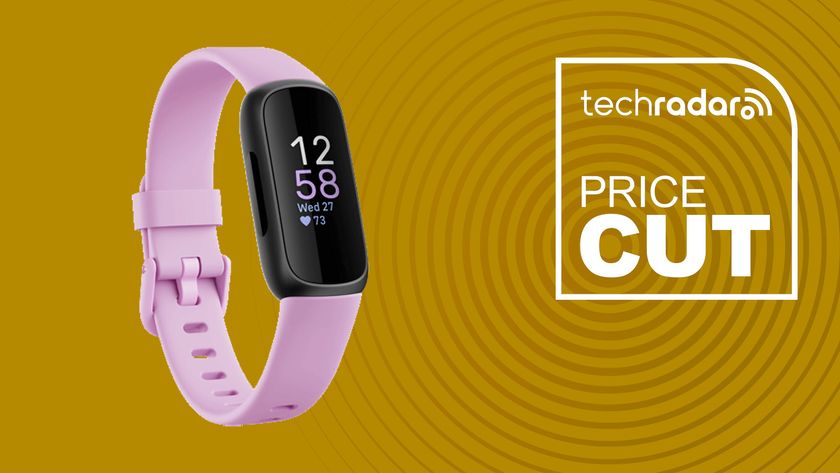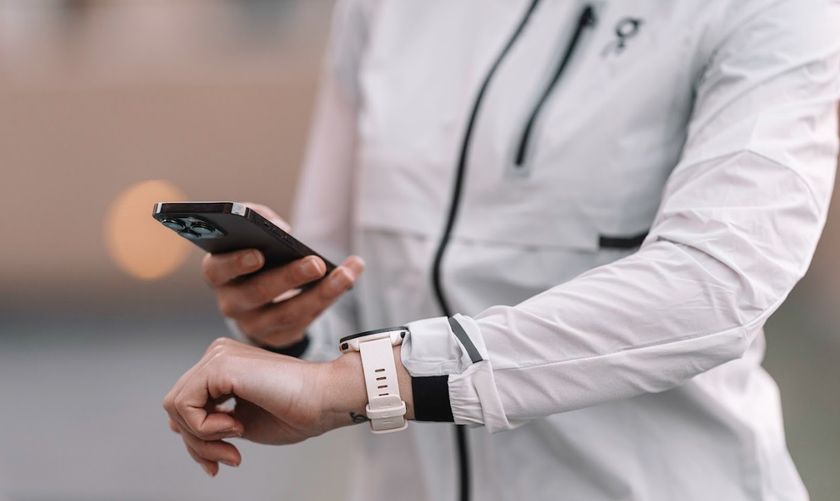Anatomy of wearables: our bodies covered head-to-toe in tech
The sensors that promise to change our lives
Face
Google Glass has been receiving the most face time among head-mounted displays recently, but there are several notable Google Glass competitors that deserve recognition too.
Donning these literally in-your-face devices puts data that was once confined to a phone in your field of vision. It also attracts a lot of attention from curious onlookers.
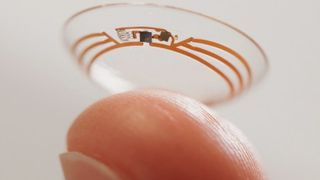
That's the best part of wearing Google Glass. Peoples' fascination with what it could mean for the future. But the attention it receives is no guarantee that it and similar devices will take off.
The drastic change in fashion and laws that could ban Google Glass could prevent this type of wearable from taking off. Maybe that's why there are no head-mounted displays in Her.
Google may have more discreet smart contact lenses to come, but so far they're designed for more noble ambitions. Its latest Google X project can measure glucose levels in diabetics thanks to tiny sensors that are sandwiched inside of a clear contact lens.
Feet
Tech companies aren't above making wearables for our feet. Future tech could tell us why our arches ache sometimes or when we need to take a load off.
That's already happening with the Heapsylon bio-tracking Sensoria socks. Its pressure sensors and an accelerometer can evaluate the way we run, walk and even stand. Like all cutting-edge technology, it's expensive at US$999 (about AU$1,108), but that's a typical storyline for innovation.
Get daily insight, inspiration and deals in your inbox
Sign up for breaking news, reviews, opinion, top tech deals, and more.
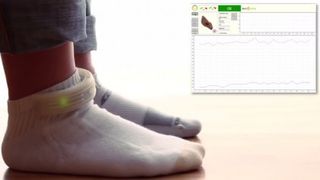
Runsafer also has injury prevention at its sole. The German-engineered project embeds sensors into running sneakers to offer real-time biomechanical feedback and enhance motivation.
Just as motivating is plant two feet on a scale like the Withings Smart Body Analyzer. It takes a reading of your weight body fat percentage and heart rate, then charts the data automatically.
It's really interesting to see one year's worth of weight, with the most weight gained during the Christmas holidays, and the experience is seamless with with Wi-Fi-enabled scale.
Where wearables go from here
Wearables for the feet remain underdeveloped even though we're on our toes too long - or in some peoples' cases not long enough. That could change soon.
Each body part usually explodes with wearable copycats once a major player has entered the market and Apple, with a patent for a smart shoes, could lead that on-foot march one day.
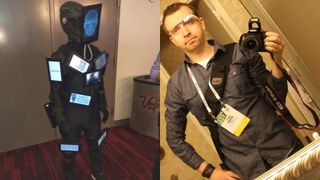
The world's largest electronics companies are converging on wearable technology and analysts predict that profits could fill their oversaturated phone and tablet market share.
Couple that with the fact that consumers, especially the fitness-deficient among us, have hastily bought gadgets, supplements and juicers that have promised to improve our health. We're willing to try anything and everything in the name of better health.
Wearables need to become more than reminders to complete daily activity goals and offer real nuanced feedback to our increasingly connected world. There's another 11 years - or according to Kurzweil's theory another 15 years - before we can expect to be living in the future of Her.
That means today's wearables represent the early Nokia cell phones with monochrome screens in a decade-and-a-half timeline that ends with bright smartphones that boast full HD displays. There's a lot of innovation that's about to happen in between.

